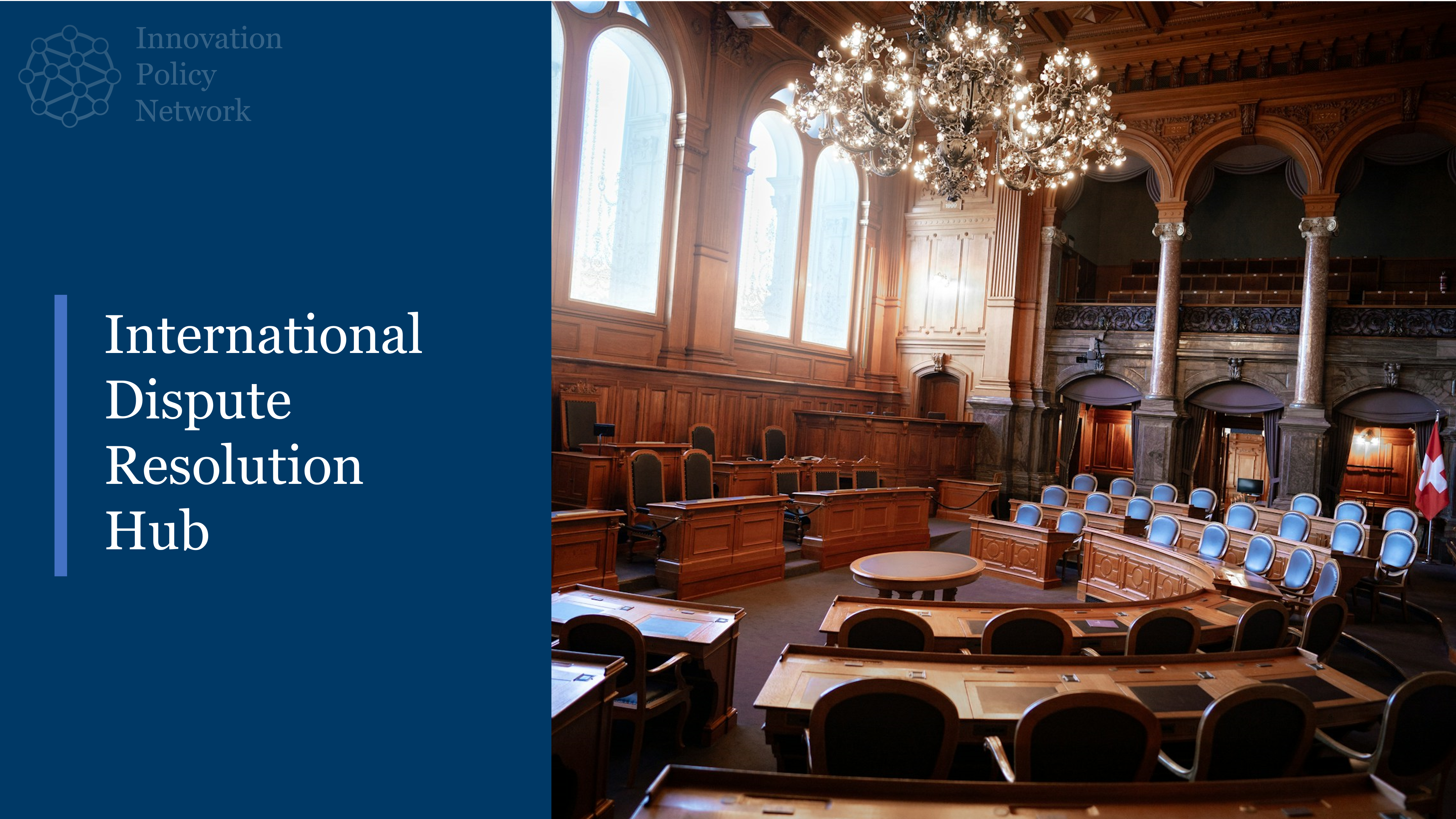Author: Nadia Lorena Grutter
In recent years, the environmental toll of AI has surged to alarming levels. In 2024, Microsoft reported total market-based emissions (encompassing Scope 1, 2, and 3 emissions) of 17.16 million metric tons of CO2, while Google’s greenhouse gas emissions stood at 14.31 million metric tons of CO2. However, a recent investigation by The Guardian suggests that the actual environmental impact of AI may be far greater than these numbers imply. Their analysis reveals that emissions from the in-house data centres of companies like Google and Microsoft could be up to 662%—or 7.62 times—higher than officially reported. This stark difference highlights the underreporting of energy consumption and emissions tied to AI operations.
One of the central challenges in accurately assessing and reporting environmental costs lies in the use of creative accounting practices and regulatory loopholes that obscure true emissions figures. Creative accounting refers to manipulating reports to present a more favourable image while remaining within legal bounds. In the tech industry, a prime example is the use of Renewable Energy Certificates (RECs). By purchasing RECs, companies can claim they are using renewable energy, even if the electricity powering their facilities comes from non-renewable sources. These certificates allow tech giants to report market-based emissions, which look more favourable than the actual location-based emissions—those generated by the local energy grids their data centres rely on. When RECs are excluded, the real emissions from data centres can be significantly higher. In fact, if tech companies’ data centres were ranked solely by their location-based emissions, they would rank as the 33rd highest emitters in the world, competing with countries such as the Philippines and Algeria. This practice illustrates how creative accounting can mislead stakeholders about the true environmental impact of large corporations.
The controversy surrounding RECs has sparked debate among key players in AI development. Google, for instance, has announced plans to move away from reliance on RECs, proposing a “24/7” model that would ensure energy consumption is matched with clean energy from the same grid at the same time. Microsoft, while supporting a shift toward more location- and time-specific energy use, has yet to fully back Google’s approach. On the other hand, Amazon and Meta, along with the Emissions First Partnership, advocate for greater flexibility in REC use, allowing companies to purchase certificates regardless of geographic limitations. They argue that this flexibility is crucial for driving real-world emission reductions and encouraging renewable energy investment, especially in regions with restrictive foreign investment policies.
As economic and political actors debate the merits and shortcomings of RECs in climate reporting, the environmental costs of AI continue to rise, exacerbating the climate crisis. This calls for immediate policy intervention to address the growing impact of new technologies on the environment.
In response to this growing challenge, the IMF recently published a position paper proposing a targeted tax on data centres as an effective measure to reduce emissions. Data centres and crypto mining already account for 2% of global electricity usage, a figure expected to increase to 3.5% by 2027. The IMF estimates that a tax of $0.032 per kilowatt hour on data centres, or $0.052 including air pollution costs, could generate $18 billion annually while incentivising the adoption of energy-efficient technologies and cleaner energy sources. This would be a crucial step in mitigating the environmental impact of AI development and ensuring a more sustainable future.



Leave a Reply